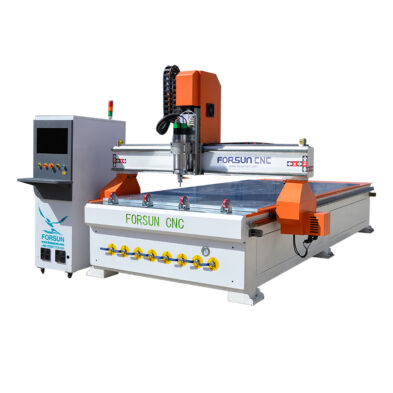- Home
- Products
- CNC Router
- CNC Wood Router
- Fiber Laser Cutting Machine
- Fiber Laser Welding Machine
- Plasma Cutting Machine
- CNC Laser Marking Machine
- EPS Moulding Machine
- Stone CNC Router
- CNC Router with Camera
- Customized CNC Router
- Oscillating Knife Cutting Machine
- CNC bending machine
- Lock Dowel Machine
- Edge Banding Machine
- CO2 Laser Cutting Machine
- Handheld 3D Scanner
- Applications
- Blog
- Vlog
- About
- Support & Service
- Contact
- 0
Menu
CLOSE












